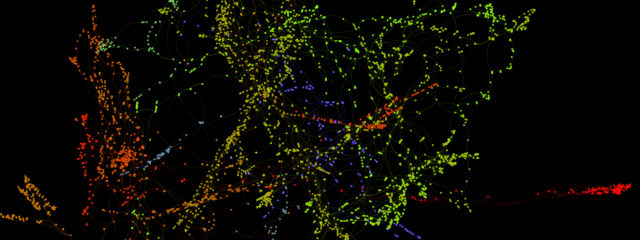Managing Data with Graph Databases

Data is becoming more and more important in today’s business environment. It can be related and linked to products, sales, customers, significant events and many other categories to provide a rich, objective view of a business’ performance. Data however is often maintained in individual silos and databases yielding separate and inconsistent versions of the truth. Most companies do not even realise their data is unnecessarily replicated and duplicated. Revealing this truth however and identifying these relationships has traditionally been costly, error prone and time consuming.
Graph databases are trying to solve this problem. By using Graph databases a company can focus on data relationships - see patterns and trends that would not be evident in traditional databases. This emerging technology is also much faster and cost effective at performing functions such as cluster identification and graph traversal. For instance, a company can track customer behaviour in real time offering a complimentary product to the product they’ve purchased, leading to an increase in sales.
Graph databases embrace relationships as the main feature of its data model and is able to store, process, and query connections much more effectively. Graphs are used to model complex interactions where concepts are connected by various types of relationships, with multiple parents and multiple children. Graphs can have an almost infinite depth and even be circular in nature. This is a very different paradigm from most relational database implementations since the 80s which continue to be the main database option for many businesses.
Relational databases are considered to be ridged and do not perform as well as a graph databases in these tasks. For instance in handling hierarchical data. Let’s imagine we have an employee table which has a unique employee ID and a foreign key field holding the employee ID of the person’s manager, who themselves is an employee. This can be used to create an organisation’s management structure. But hierarchical data is often not that simple. An employee might be managerially responsible to one supervisor, but professionally responsible to another. The hierarchy data type cannot handle multiple parents, so is not appropriate for such data. Data might have bi-directional links like in a social media environment. Bob might “follow” John, but John may not follow Bob. Relational databases cannot handle these multi-directional relationships well.
This innovative approach to data management is transforming how data is handled and interpreted. It’s helping companies to understand customer behaviour and relationships, reduce fraud, better target relevant products and save money along the way.
For more information about the latest cutting edge data management techniques please visit our website.
